


With its fat, stubby fuselage, two long tail booms and shrieking Dart engines the Armstrong Whitworth Argosy quickly earned its nickname the ’The whistling wheelbarrow‘. For over thirty years this unique aeroplane graced the world skies, here is the Argosy’s story.

Back in the mid 1950s the RAF issued a requirement for a new aircraft to replace its Vickers Viking- based Valetta and Halifax based Hastings transport aircraft and also to supplement the Beverley fleet of heavy transports. Bitteswell-based Armstrong Whitworth eventually came up with a twin boomed aircraft powered by four Rolls Royce Dart turboprops and a large fuselage with opening doors either end. Almost a Roll-on-Roll-off ferry of the skies. Armstrong’s had seen the new design’s potential for not just a military aircraft but a civilian freighter as well. The civil version would be dubbed the AW650 and the military variant the AW660, both would share the Argosy name. Already part of the Hawker Siddeley group the Argosy would be the last design to carry the Armstrong Whitworth name as all future work would be under the Hawker Siddeley banner.
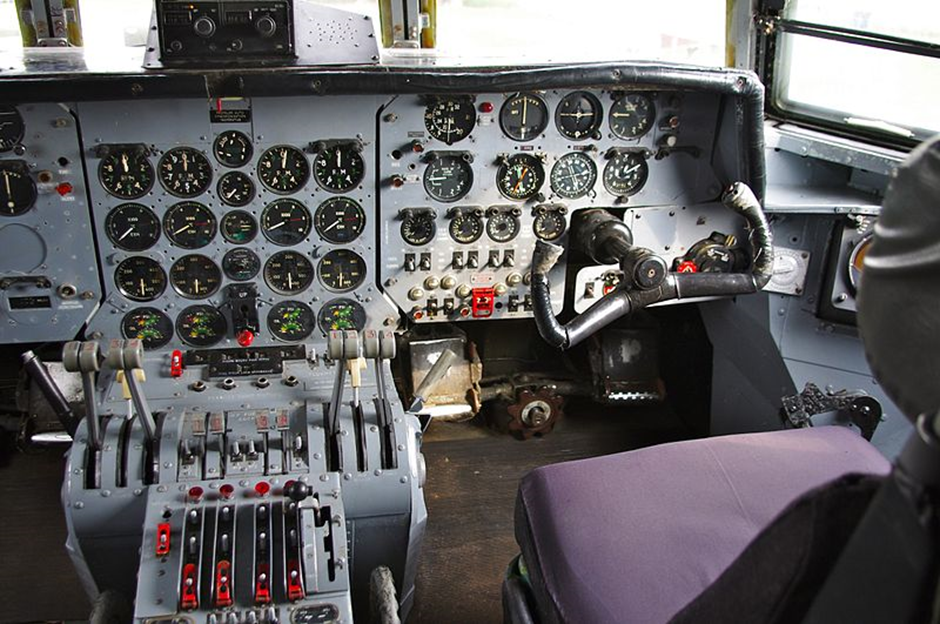
First to fly would be the Argosy 100 civil version which first took to the skies on 8 January 1959 from Bitteswell airfield near Lutterworth, Leicestershire. The RAF asked for a military version with a different cargo door arrangement so that the rear doors could be opened in flight for dropping stores via parachute and the front door would be non-opening. Armstrong Whitworth redesigned the rear door arrangement into the now commonplace rear-loading ramp arrangement seen on most military freighters in service today. The military Argosy was also fitted with additional fuel tanks to double the range of the original civil version plus it had more powerful Dart engines, radar and other requirements for military use. The prototype AW660 military Argosy first flew on 4 March 1961 and the RAF ordered a fleet of 56 aeroplanes which would serve until retirement in 1978 when a few were sold onto the civil market with the rest being scrapped. Just one, XP441, was kept and is now on display at the RAF museum at Cosford. The Argosy was replaced in RAF service by the Lockheed Hercules.
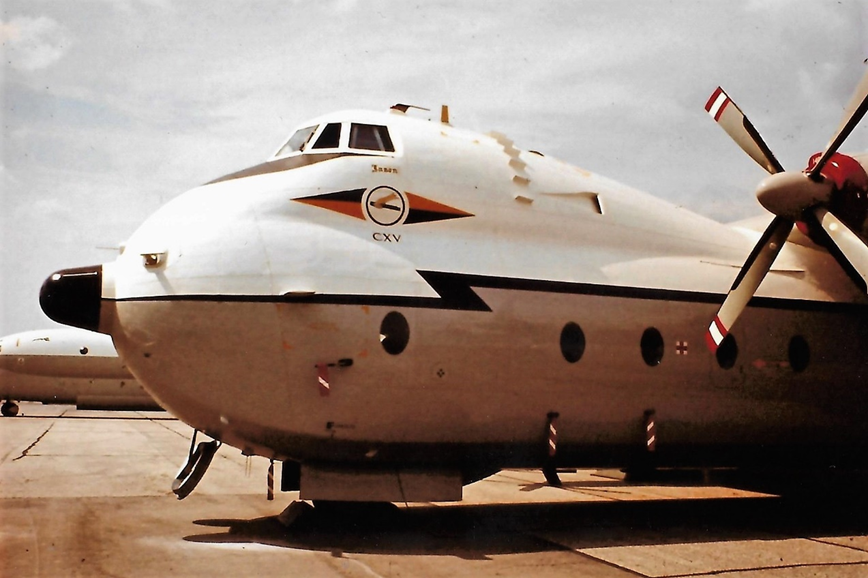
Armstrong Whitworth had started to build the Argosy 100 civil version before they had received type certification from the authorities and by the Farnborough air show in 1960, just a few months since the prototype had first flown, there were already five Argosys being used for the certification programme which brought them the necessary certificate in December of that year. A total of ten of the Argosy 100 versions would be built.
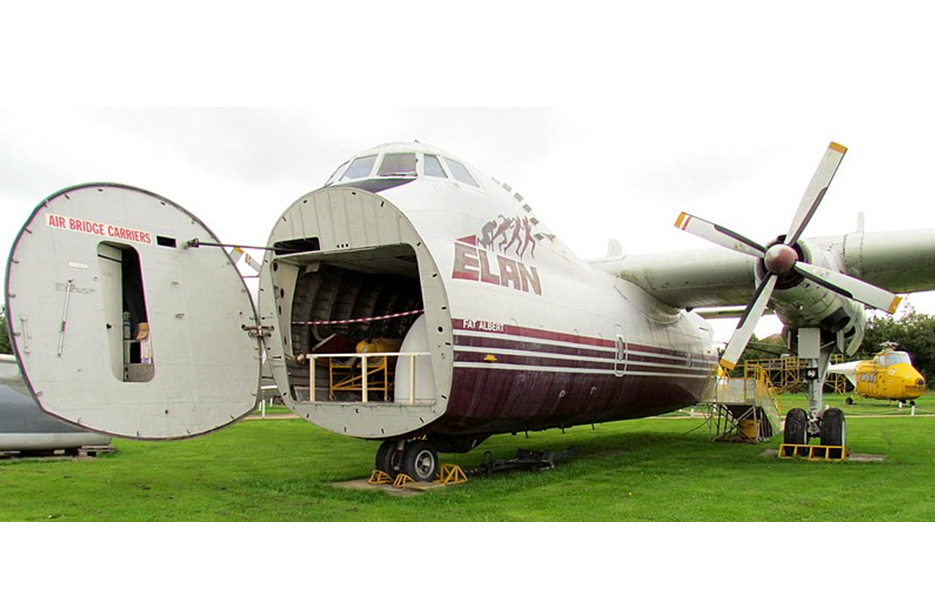
When the design had first come to light BEA showed an interest as it was looking to replace its piston engine fleet of cargo configured DC-3s. However with the payload the original Argosy could carry BEA did not feel it could be profitable, so asked for another version to be considered with a new. lighter fail safe wing, bigger doors and more range. The original wing for the Argosy was based around that of the Avro Shackleton which had a limited life span. The new wing requested by BEA would not be life limited and would also be lighter and stronger. Armstrong Whitworth went ahead and designed the new wing. This and other improvements resulted in the Argosy 200 which first flew on 11 March 1964.
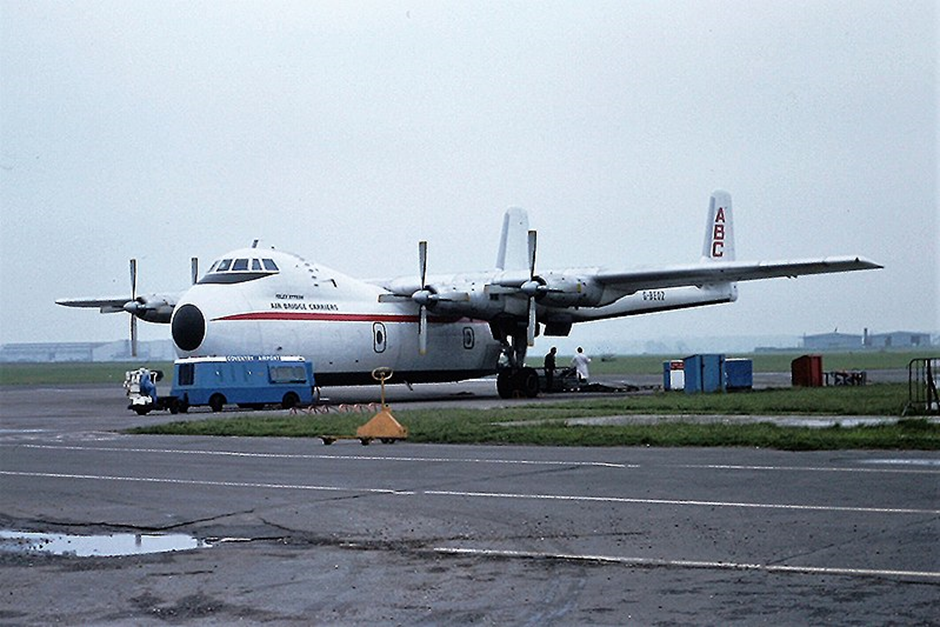
A total of just seven Argosy 222s would be built as airlines had begun to use the underfloor cargo space for freight on their long haul jets and were not interested in buying purely freight aircraft. This limited the market to such an extent that no more Argosy freighters would be built. With the advent of the Boeing 747 in 1970 there would not be another pure cargo aircraft designed for the civil market. All future freighters would be based on passenger jet designs. Coupled with the ten Argosy 100s just 17 Argosys would be built for the civilian market. Add on the 56 aircraft order from the RAF and total Argosy production would end up as 74 airframes. As we have seen the RAF retired its last aeroplane in 1978 but the type continued to fly with the civil airlines up until 1991 when the last aircraft being operated in Alaska was flown to the lower 48 for preservation at Fox Field, Lancaster, California.
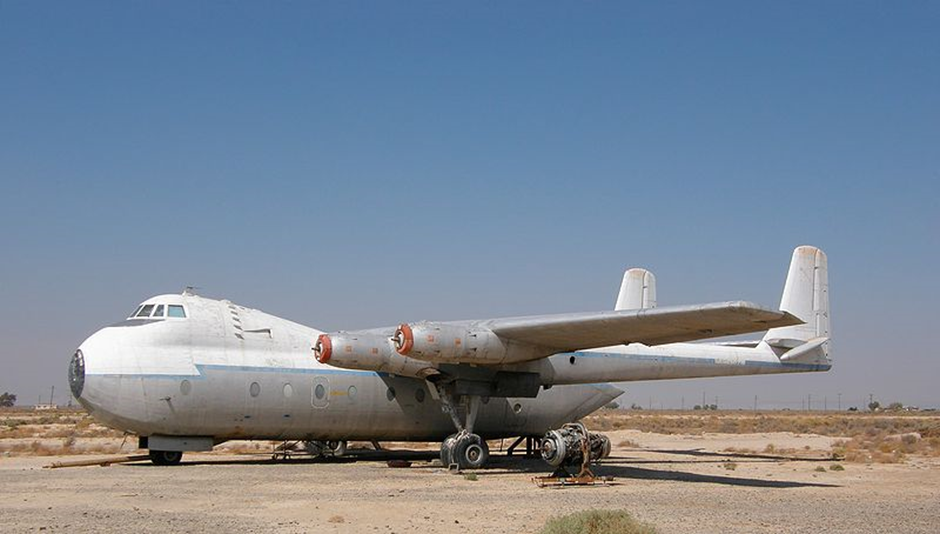
So which civil airlines allowed an Argosy to grace their fleet? BEA was interested to the point that it operated a total of nine Argosy freighters including three of the 100 versions it leased from the manufacturer the first of which arrived at Heathrow in November 1961. With just a small fleet of three aeroplanes of the type the company had already said it did not think could be profitable, it was no surprise when the cargo division failed to make a profit. In 1965 the first of a new fleet of five of the Argosy 200 series (now designated 222) arrived and the three 100 series were returned to Armstrong Whitworth.
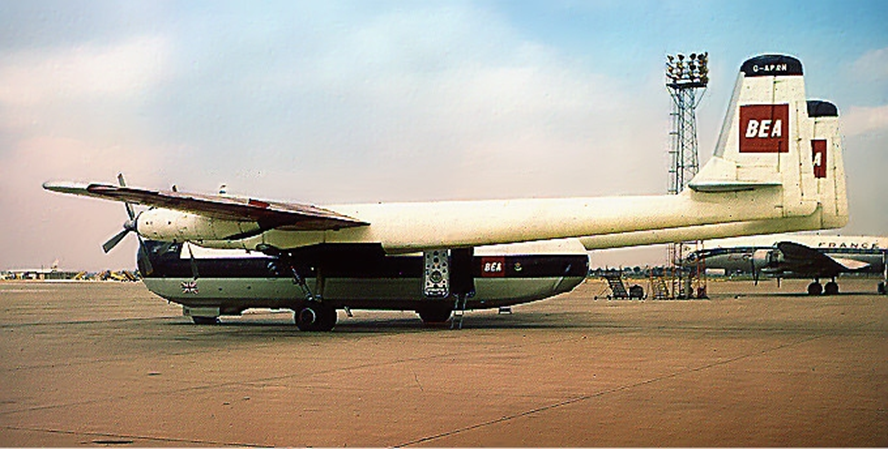
Just six months after arrival, one of the new 222s, G-ASXL, was lost when it crashed into high ground whilst on a service to Milan. Both the crew members survived but the aeroplane was declared a write off. Another Argosy 222 was ordered from the manufacturer (now Hawker Siddeley) and arrived in November 1966. Sadly G-ASXL would not be the only Argosy lost in BEA service. In December 1967 sister ship SXP was carrying out crew training at Stansted, with one of those on board being the co-pilot from the earlier crash of SXL. Just after take off as one of the engines had the power reduced to simulate an engine failure, the propeller went into fine pitch resulting in control of the aeroplane being lost and it crashed. Fortunately all those on board survived. This time the written-off freighter was not replaced. In 1970 BEA conducted its last Argosy flight after the decision had been made to replace them with Merchantman freighters which were conversions of the airlines own surplus Vanguards. All four surviving Argosy 222s were sold to Transair in Canada.
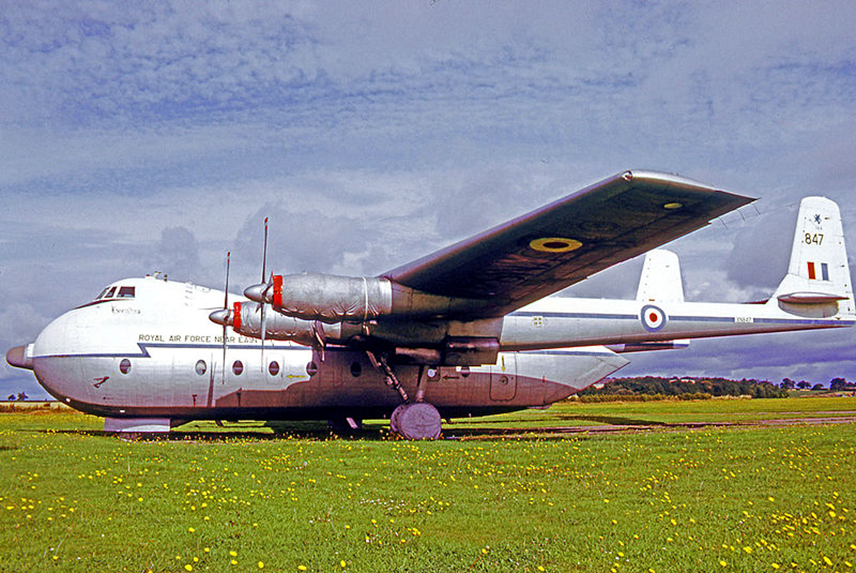
BEA however was not the first airline to put the Argosy into service - this honour fell to American airline Riddle. In 1960 they ordered a fleet of seven 100 series aircraft to serve a contract from the US government to supply freight services to the USAF around the US. However in 1962 this contract was lost and Armstrong Whitworth repossessed the aircraft and sold them on to other airlines who had taken over the USAF contracts such as Zantop who ended up with a fleet of five and Capitol Air. Zantop would become Universal Airlines.
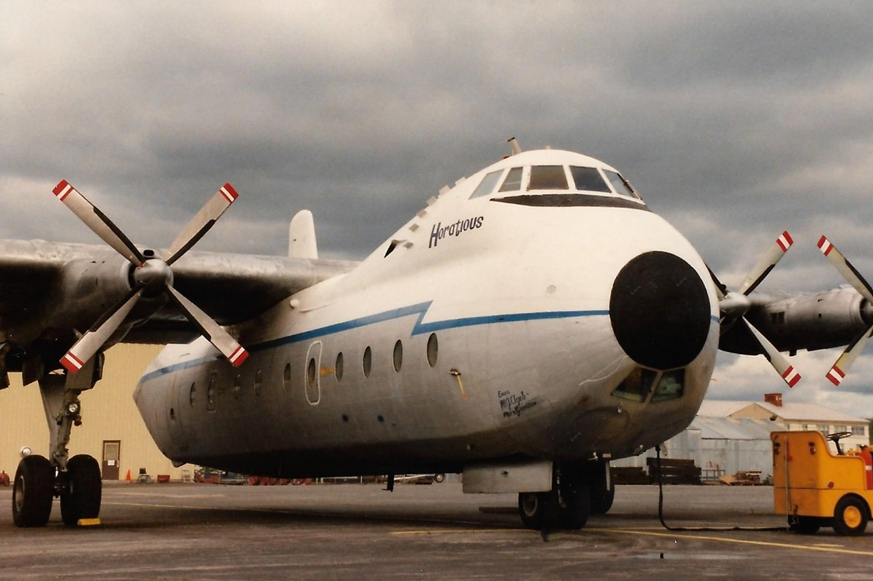
Another US airline to operate the Argosy would be Duncan Aviation who flew three on behalf of the government in Alaska. These were an ex BEA example, the first Argosy to fly, an ex-Riddle machine and one ex-RAF example XP447. The BEA and RAF examples were the last two Argosys operational anywhere in the world and they both finally retired in 1991.Over the other side of the world Argosys could be found operating with Philippine Airlines who were flying an ex-RAF machine. Australia sported three Argosys with IPEC. Two were ex-BEA machines and the other one of the early Riddle aeroplanes. New Zealand was also home to a couple of ex-BEA Argosy 222s operated by SAFE Air mainly on cargo but also passenger flights to the Chatham Islands from mainland New Zealand.
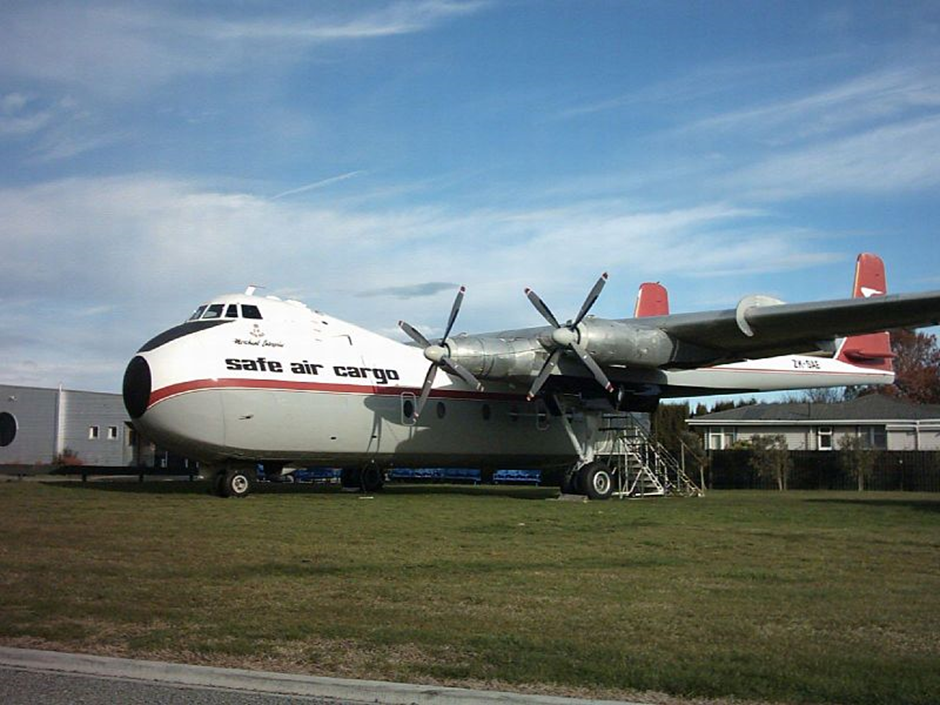
How do you use a freight aeroplane for carrying passengers? The SAFE Air engineers built a passenger cabin ‘capsule’ which was fitted to a pallet and could be slid into the back of the Argosy when it was needed for the passenger flights to the Chatham’s. This had been developed from a previous ‘capsule’ they had used for the same reason on their previous fleet of aeroplanes, the Bristol freighter. It was said of the Bristol that the use of the capsule transformed a very noisy, slow freight aeroplane into a slightly less noisy, slow passenger one! The Argosy first flew passenger services into the Chatham Islands in 1982 and continued until the airlines demise in 1990. During that time that was the only passenger air service available to the islanders. It was during an Argosy night flight in 1978 that an Australian camera crew on board filmed strange lights in the sky which to this day have not been explained. Was it a UFO? When SAFE stopped flying, one of its Argosys which had previously been grounded following an undercarriage collapse was scrapped and the other ended up in a museum. Their third aircraft, which was on lease to replace the damaged one, was returned to the lessor IPEC in Australia. Africa saw two of the Transair machines sold to SOACO in Gabon who operated them for a while before selling them on to IPEC in Australia. The other African country to operate the freighter was Zaire whose register sported a pair of ex-RAF machines operated by OTRAG Range Air Services. By 1981 they were both eventually broken up.
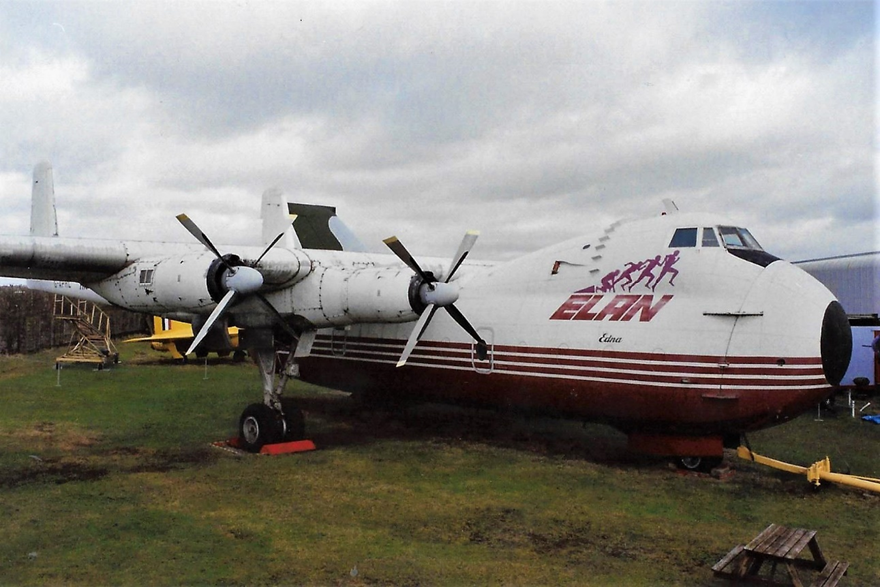
Here in the UK ex-BEA machines were used by a variety of airlines such as, Sagattair, ELAN, Air Bridge and Rolls Royce. Aer Turas of Ireland also briefly operated an Argosy, an ex-BEA/Transair machine on lease for a year. UK preserved complete airframes can be seen at the Midland Air Museum Coventry, RAF museum Cosford and the Aeropark at Castle Donington airport, a regular haunt of the freighters during their service lives.
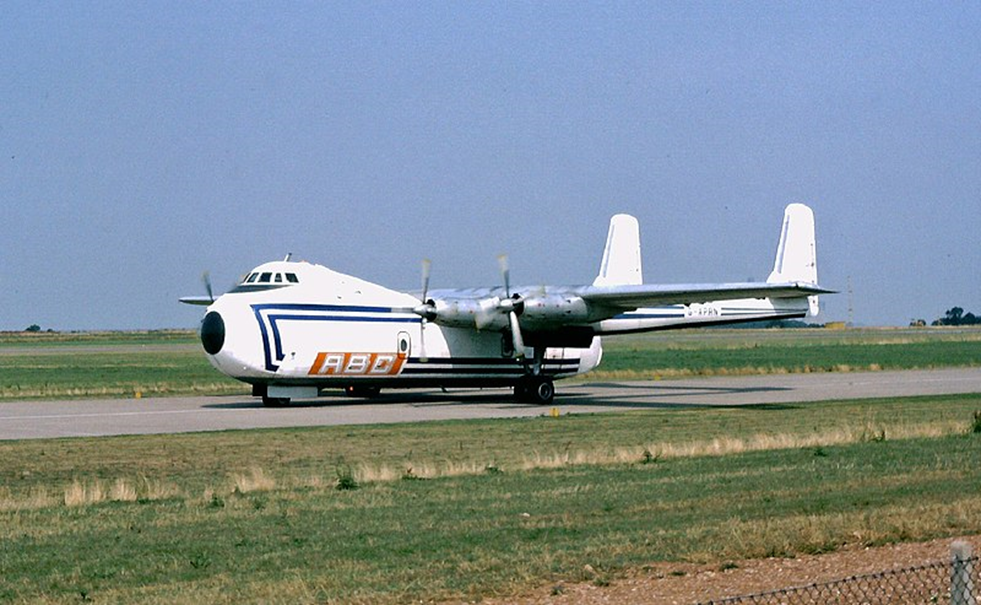
So there we have it, the story of a British niche freighter that in small numbers saw service around the world, with strangely the first example to fly in January 1959 being one of the last two in service in 1991 so we will end with a picture of that very aircraft.
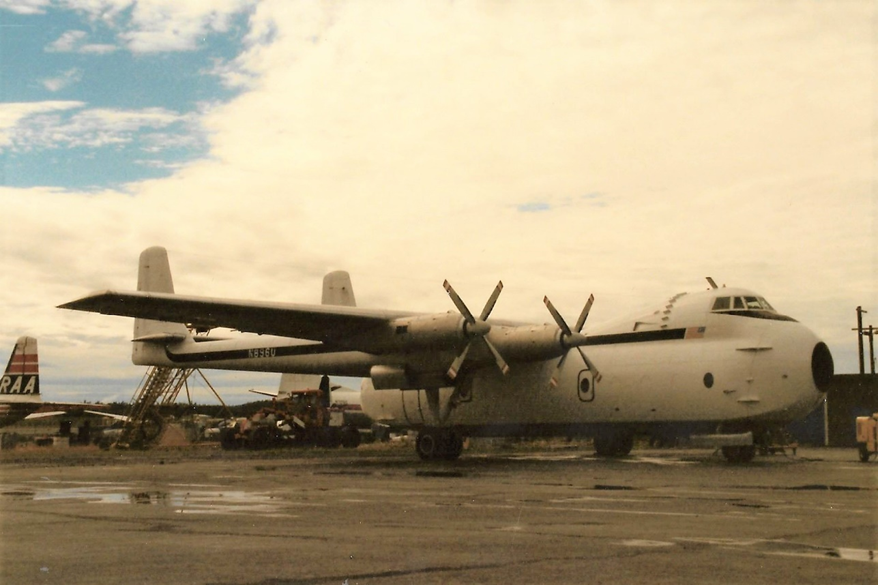
‘till the next time Keith
Registered Charity No. 285809